Exploring the Climactic JJK Manga Ending
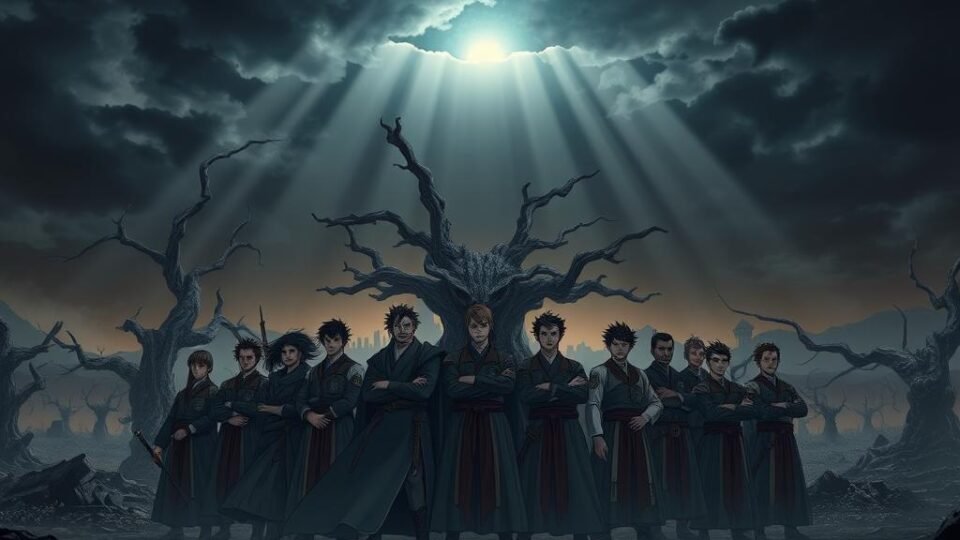
Jujutsu Kaisen reached its finale with chapter 271 on September 29, 2024, closing a six‑year run that shaped a modern shonen phenomenon.
The last installments dropped on Manga Plus and the Shonen Jump app, and the moment mattered to long‑time readers who followed the weekly cadence for years. Fans reacted with a mix of celebration and critique, praising Gege Akutami’s ambition while noting pacing and closure concerns.
This short introduction frames what the ending represented: a decisive final confrontation, the legacies left behind, and a new normal for surviving characters. We’ll map the stakes, how the chapter count and release timing shaped the live reaction, and what the close meant for the print run and the anime audience.
Read on for a clear roadmap of the topics ahead — from the last battle and character arcs to what worked, what didn’t, and why this conclusion still sparks debate.
Setting the stage: what led to the finale and why it mattered
After Gojo’s release, a rapid set of shocks rewrote the endgame. The narrative swung hard when his loss to Sukuna in chapter 236 forced a new kind of confrontation. That reset pulled decades of setup into a compressed run of decisive fights.
From Shinjuku Showdown to the last pages
The road from the Shinjuku Showdown to chapter 271 tightened as players fell and alliances shifted. Kenjaku’s late authorization of the Merger—before he died at Yuta’s hands—made the conflict a chaotic, multi-front battle.
Gojo’s comeback-then-loss in chapter 236 changed stakes overnight. It put Sukuna in full force and funneled attention to the core cast.
Timing, platforms, and spoilers
The series closed with chapter 271 on September 29, 2024, released simultaneously on Manga Plus and the Shonen Jump app. That instant global access amplified spoilering and rapid discourse among fans.
“Simultaneous release turned reaction into real-time debate and made spoiler etiquette a live issue.”
| Event | Date / Chapter | Impact |
|---|---|---|
| Gojo’s loss | Chapter 236 | Reset the board; signaled final arc |
| Kenjaku’s Merger | Late-stage arc | Escalated stakes; centralized conflicts |
| Final release | Sept 29, 2024 — chapter 271 | Global access; rapid spoilers |
Why it mattered: Weekly cadence over years kept interest high, and the tight finale brought many long threads to a close. The combined print and digital reach left a mark on both readers and the anime audience as the series stepped into its next chapter of legacy.
Inside the jjk manga ending: the final battle and its immediate aftermath
The finale’s core clash refocused the story on tactics, teamwork, and the human stakes behind each strike. Yuji Itadori targeted the boundary between Sukuna and Megumi’s soul with a tailored version of Cleave. That opened a path conventional hits could not.
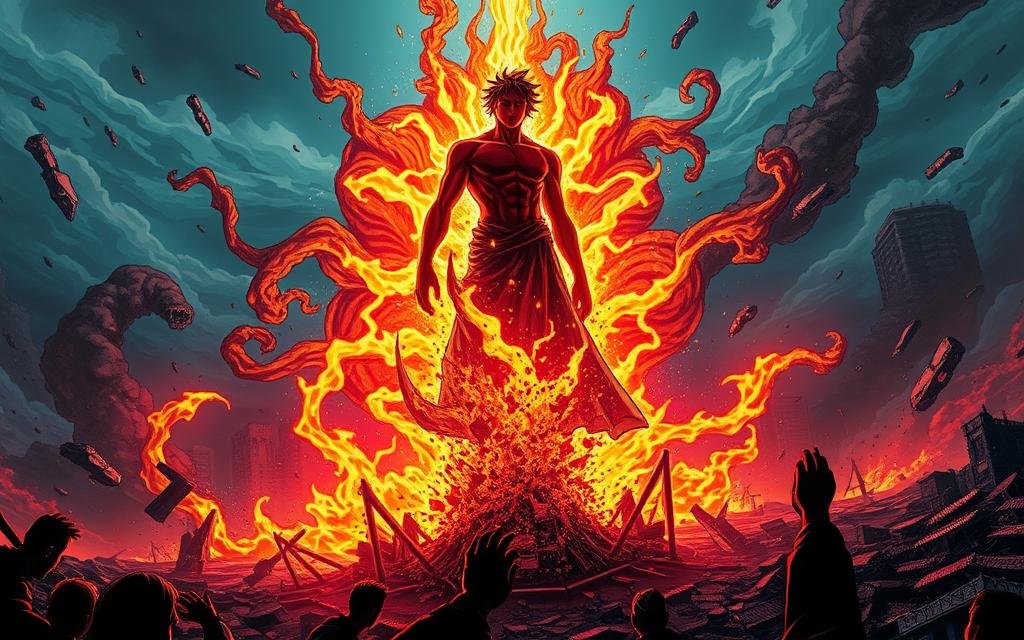
Yuji’s Domain, the boundary tactic, and forcing the curse out
Yuji activated a Domain that recreated his hometown to make the fight personal. The Domain forced a confrontation where words mattered as much as force.
Megumi’s Ten Shadows flickered inside the host body to trip Ryomen Sukuna and create short windows for attack. Those micro-openings were vital.
Off-screen gambit: copied Shrine, Resonance, and the Black Flash
Yuta copied Malevolent Shrine by ingesting one of Yuji’s fingers, not Sukuna’s last finger. Nobara used Resonance on Sukuna’s final finger as Gojo planned, which disrupted the Shrine timing.
The decisive Black Flash from Yuji landed in that gap and dimmed Sukuna’s presence.
After the clash: expulsion, death, and a quiet return
Sukuna was expelled from Megumi’s body into a weakened mass and died after refusing Yuji’s plea to come back. The survivors regrouped at Jujutsu High in a subdued end that fit the cost of victory.
Gojo Satoru’s death, legacy, and the dream that outlived him
Gojo Satoru’s fall shifted the story from single acts of heroism to a passing of responsibility.
His death in chapter 236 came from Sukuna’s World Cutting Slash and created a clear turning point. The loss forced survivors to accept that reform needed both courage and structure.
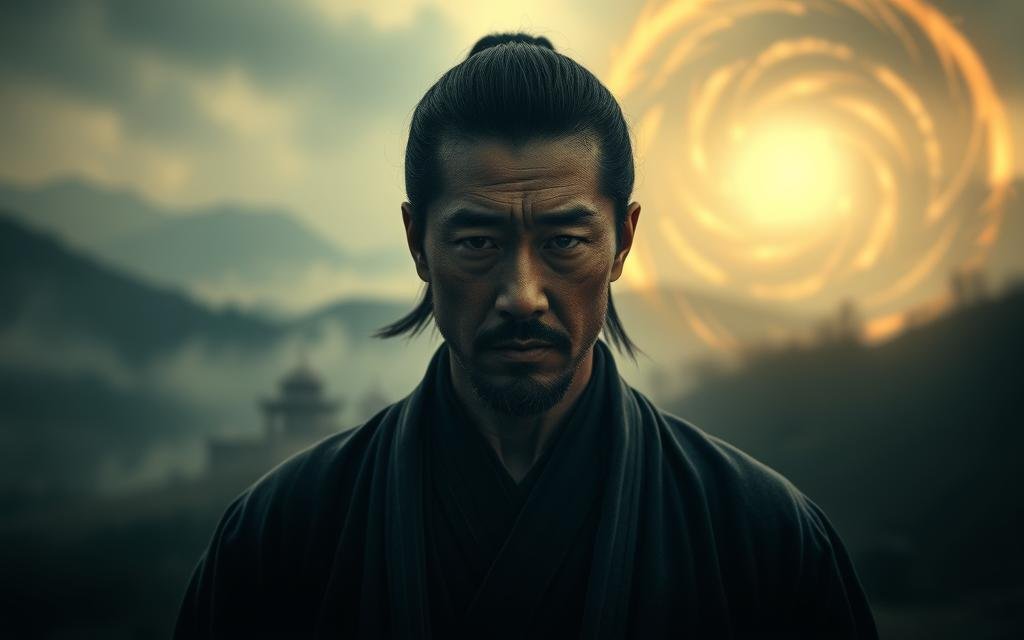
The strongest falls: reflection, afterlife, and the next generation
In an afterlife scene, Gojo spoke with friends and showed no regrets. He admitted the loneliness of being the top sorcerer, yet he kept faith in his students.
Changing the order: how his vision moved to Yuji Itadori
Gojo dream was practical: break a rigid hierarchy and stop wasting talent to tradition. With conservative higher-ups removed, the path for reform became real.
- He reframed victory as mentorship, not domination.
- Authority shifted toward care and community standards.
- Yuji and his peers inherit a chance to rebuild over time.
“Trust the next generation; the real work is changing the system.”
Yuji Itadori’s path forward: life, loss, and leading a new generation
After the dust settled, Yuji stepped into a role that mixed grief with quiet responsibility. He spoke inside his Domain about the value of life, asking Sukuna to release Megumi’s body as a plea for shared humanity.
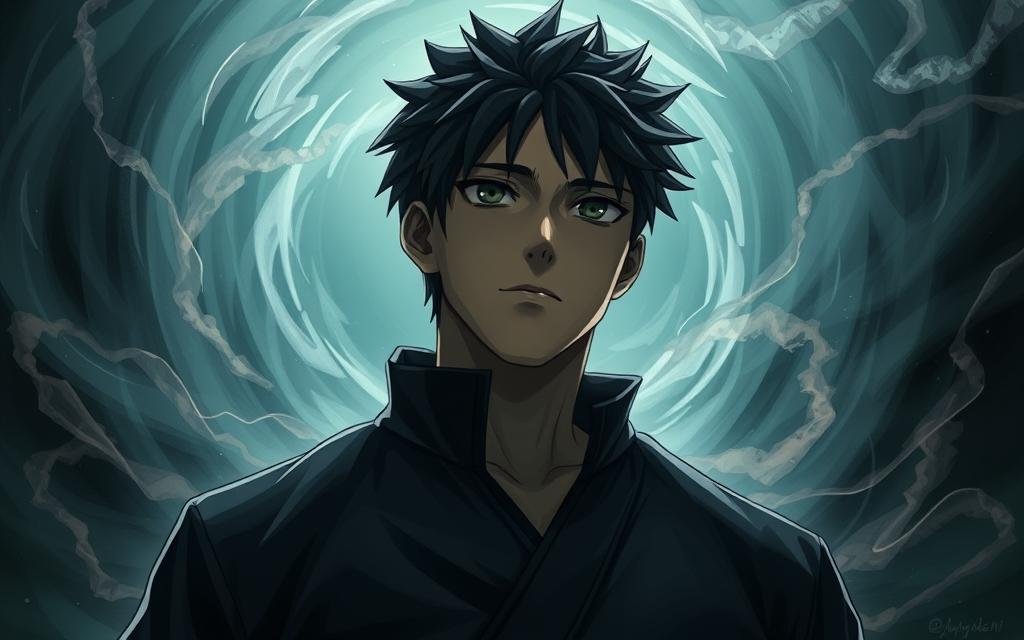
“It’s about living”: the philosophy inside Yuji’s Domain
It’s about living became Yuji’s core argument against nihilism. The Domain’s montage of memories framed simple, human moments as a counter to total power.
Support, letters, and quiet resolutions
Back at Jujutsu High, Yuji handed Gojo’s letters to his friends. Nobara found out about her mother. Megumi learned a hard truth and laughed—small closures after great loss.
Offering a hand to a subdued user
On a routine mission the trio stopped a curse user who warped a woman’s mind. Yuji chose reform over punishment, reflecting the gojo dream of changing how sorcerers treat the vulnerable.
Why this matters: These choices set a new path for the series. Yuji’s acts show how characters rebuild the world one humane decision at a time. The future looks like hands offered, not fists raised.
Ryomen Sukuna’s defeat, last finger, and surprising self-reflection
In the final beats, Ryomen Sukuna was expelled from the host body, left weakened, and then died after refusing Yuji’s plea. What followed was a quiet image that flipped expectation: the last sukuna finger no longer held enough cursed energy to summon him.
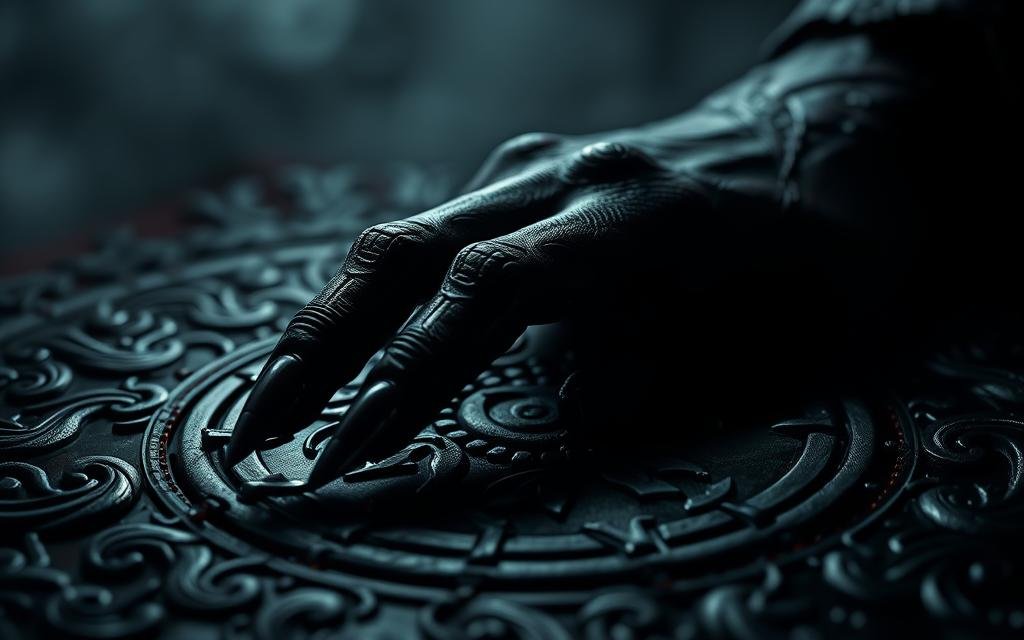
That finger was placed in a shrine and treated as a benign talisman. The object echoed the series’ opening, but now it felt like a ward rather than a threat. This small shift shows how the world itself changed after so much loss.
From King of Curses to talisman: what the final finger symbolizes now
The king of curses became a reminder instead of a looming danger. The finger’s new role reframes fear as something people can live with, not surrender to.
Afterlife candor with Mahito and Uraume: a hint at a different path
In the afterlife, Sukuna spoke with Mahito and admitted a lack of love shaped his way. He even said that, if given a chance, he might try another path in another life.
“I never learned to care. Maybe that’s why I lost the chance to be different.”
- Uraume’s death was self-inflicted in the final denouement.
- Sukuna’s reflection adds texture to his death and makes him a fuller character.
The world after chapter 271 and the epilogue update
With old leaders gone, everyday choices began reshaping how sorcerers serve society. The removal of conservative higher-ups finally cleared space for reform and a less rigid order.
The epilogue (Dec 25, 2024) offered tidy, human moments that signal a long-term future for the series. A warm exchange between Yuji and Yuko gives emotional closure. Nobara confronts her mother and finds a small but meaningful peace.

Eradicating old leadership and the system reset
Removing entrenched authority made reform practical. Training, missions, and promotion could be redesigned to value care and accountability.
Tokyo stays off-limits while curses still roam, and Maki directs allies to hide key swordsmen. That mix of caution and change keeps pressure on new leaders to act wisely.
Epilogue notes and time-skip beats
The final kaisen chapter footage also sketched decades ahead: Panda in 2080 meets Yuta’s grandchildren, and Yuta briefly leads the Gojo Clan. Charles, Higuruma, and Takaba return to civilian life, and a playful hint suggests Kenjaku may linger as a meta joke.
“The conclusion lets the world heal while showing the still-living threads fans can share about for a long time.”
- Practical worldbuilding remains: Tokyo restricted, hidden swordsmen, and cautious governance.
- Character beats: Yuji-Yuko warmth, Nobara’s closure, Panda’s far-future cameo.
- Generational handoffs: Yuta’s interim leadership points to a slow rebuilding of authority.
Conclusion
After chapter 271, the series reframes victory as a chain of choices rather than a single, heroic moment.
The official finale on September 29, 2024, with an epilogue on December 25, 2024, gives closure while leaving room for the future.
Sukuna’s finger placed in a shrine turns a threat into a talisman, echoing the story’s opening and showing how fear can become a guard.
The final beats hand Gojo’s hope to Yuji Itadori and his peers. Reform arrives in small acts: letters shared, mercy shown to a former user, and steady care for those who remain.
For fans, Gege Akutami’s conclusion balances spectacle and meaning. The end asks us to watch how a new generation lives the gojo dream over time.







